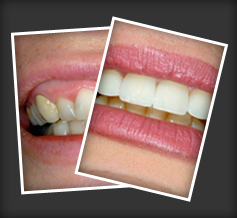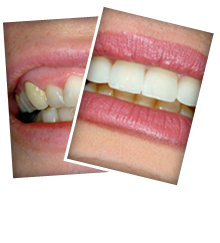Welcome to our health education library. The information shared below is provided to you as an educational and informational source only and is not intended to replace a medical examination or consultation, or medical advice given to you by a physician or medical professional.
Discover the possibilities of noninvasive procedures from an oral surgeon. Call 281-412-0099 or use our convenient online Request an Appointment form.








